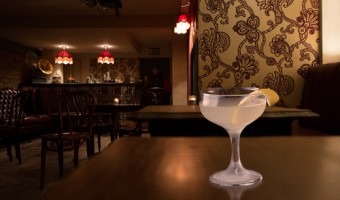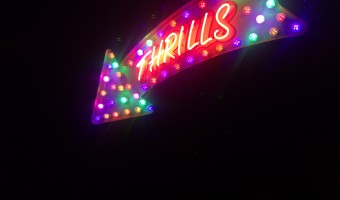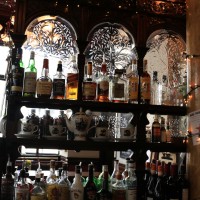Great and small in Noho Bohemia
This London district might have been called “Noho” in another life, though we personally prefer Fitzrovia (just has a certain ring to it). The area itself can trace its origins back to Charles Fitzroy in the 1700s, however if Fitzroy’s vision for his development had panned out, we might have a very different Fitzrovia today. The upper classes preferred the neighbouring Mayfair and Belgravia, and therefore Fitzroy’s properties were instead subdivided into workshops and studios. Today you can find a media hub of buildings, some 50,000 employees, and some pretty interesting venues to check out on your day off.
Pollock's Toy Museum
Step into an intimate world of children’s toys, dating way back to the Victorian era, and visit Pollock’s Toy Museum. This family-run affair was once a shop and printers, back then it was located in Hoxton. It has since been redesigned by Marguerite Fawdy in the mid-twentieth century and moved to its current home in Fitzrovia. Visit to see the impressive collection of toys they have amassed through the years and help support an independently run museum. Admission prices are £6 for adults, £3 for children, and £5 for students and seniors.
Opening Hours: Monday – Saturday: 10:00 – 17:00
Last admission: 16:30
Closed Sundays and Bank Holidays
Grant Museum of Zoology and Comparative Anatomy
Yet another museum you might not have heard of is the Grant Museum of Zoology and Comparative Anatomy. It is a part of the University College London, and it is also the only remaining museum of its kind in London. Since its creation in 1828 it has collected and now houses over 68,000 specimens from all aspects of the animal kingdom. It has skeletons, stuffed animals, and even jarred specimens you’ve probably only been acquainted with in horror movies. Some of its most popular exhibits include the skeletons of a Quagga, Thylacine, and the Dodo, all of which are now extinct. (They also have a collection of brains that have been preserved in jars!)
This museum is open to the public from Mondays to Saturdays, from 13:00 to 17:00. They are open for bank holidays in May and August, however they close for Christmas and Easter holidays.
100 Club
The 100 Club began under a different name, and it thrived as the Feldman Jazz Club when people needed an escape the most: during the London Blitz. Jazz music and dancing prevailed under the threat of bombings, and, once the war ended, transformed into a swing dance club. It became the 100 Club in 1964, and has hosted many stars (who have returned to this beloved venue, and hold intimate, secret shows) such as The Who, The Kinks, the Sex Pistols, The Clash, Oasis, The Kings of Leon, Queens of the Stone Age, Metallica, The Rolling Stones, and many more. On top of hosting live music, from established favourites to rising stars, you can also catch a comedy gig or learn how to dance the Jitterbug and Jive with The London Swing Dance Society who have used the 100 Club as their venue of choice since 1988.
BT Tower
Once called the London Telecom Tower, the BT Tower now can only be visited by the public on London’s annual Open House day, though you have to enter a randomised ballot for the tickets. The BT Tower is also where, in 2011, what is believed to be an original Banksy was placed. The artwork is of a stencilled rat and the words “If graffiti changed anything it would be illegal”, if you want to see it for yourself. Either way, it’s a landmark in its own right, and we bet many of you have used it as a waypoint when finding your way around.
 Fitzrovia Highlights
Fitzrovia Highlights


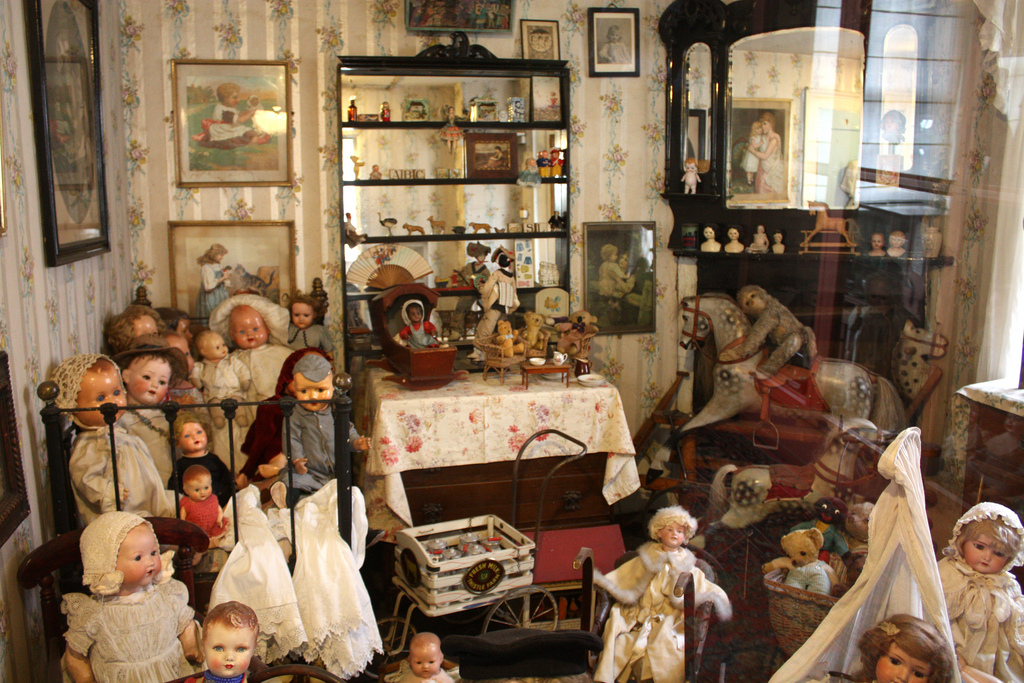
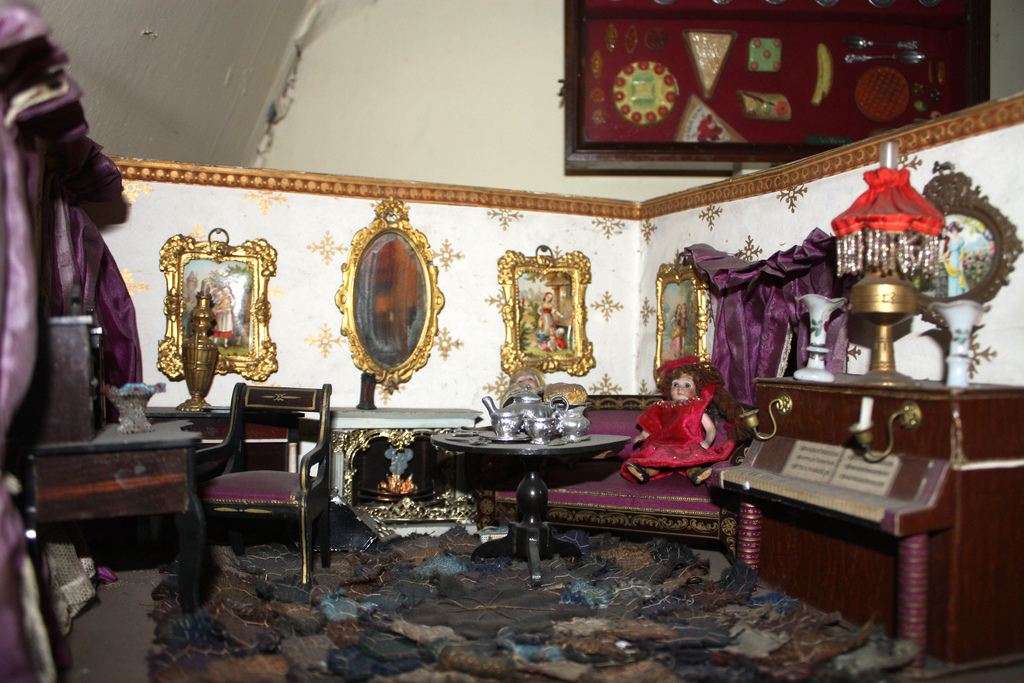
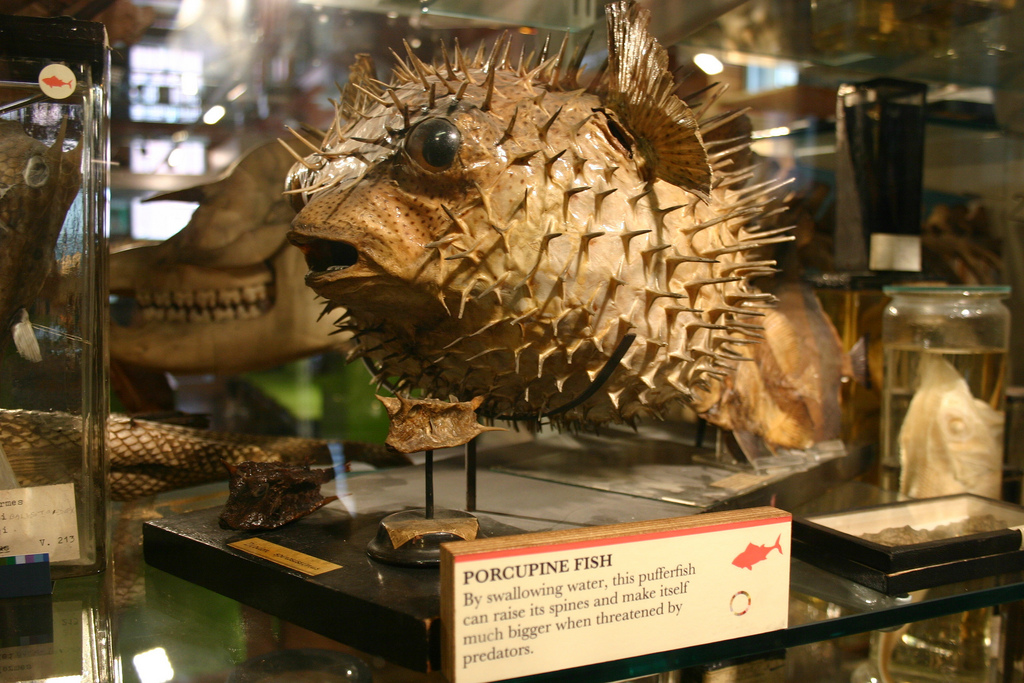
.jpg)


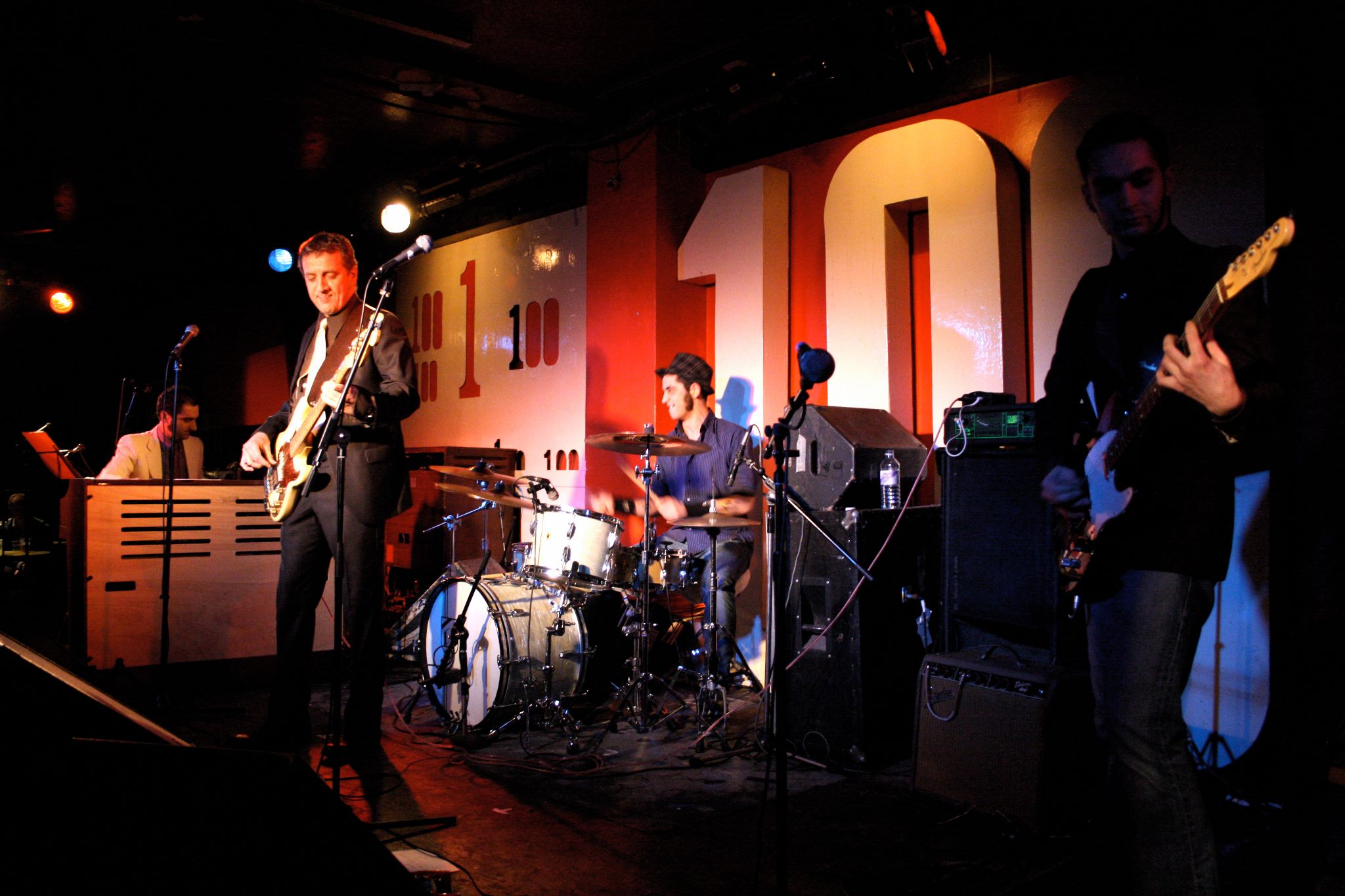
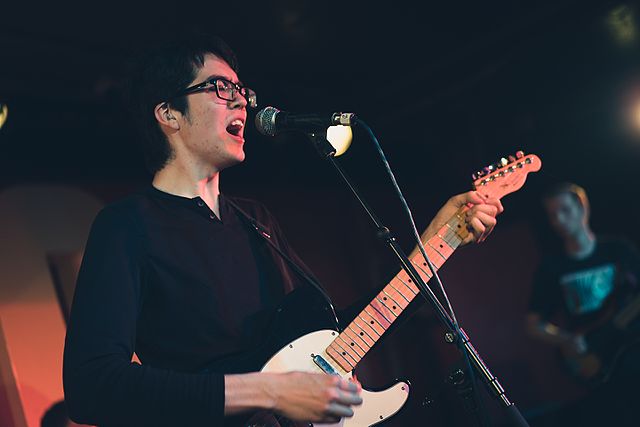
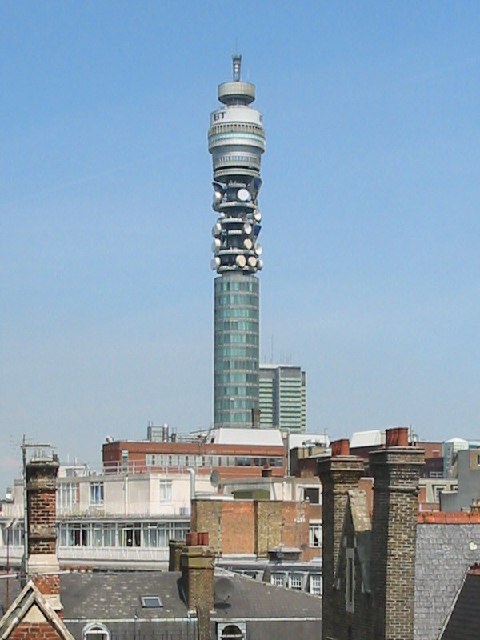
.jpg)
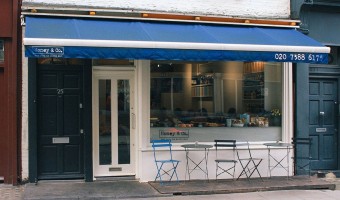
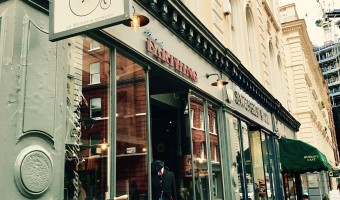
 Load more triptoids
Load more triptoids